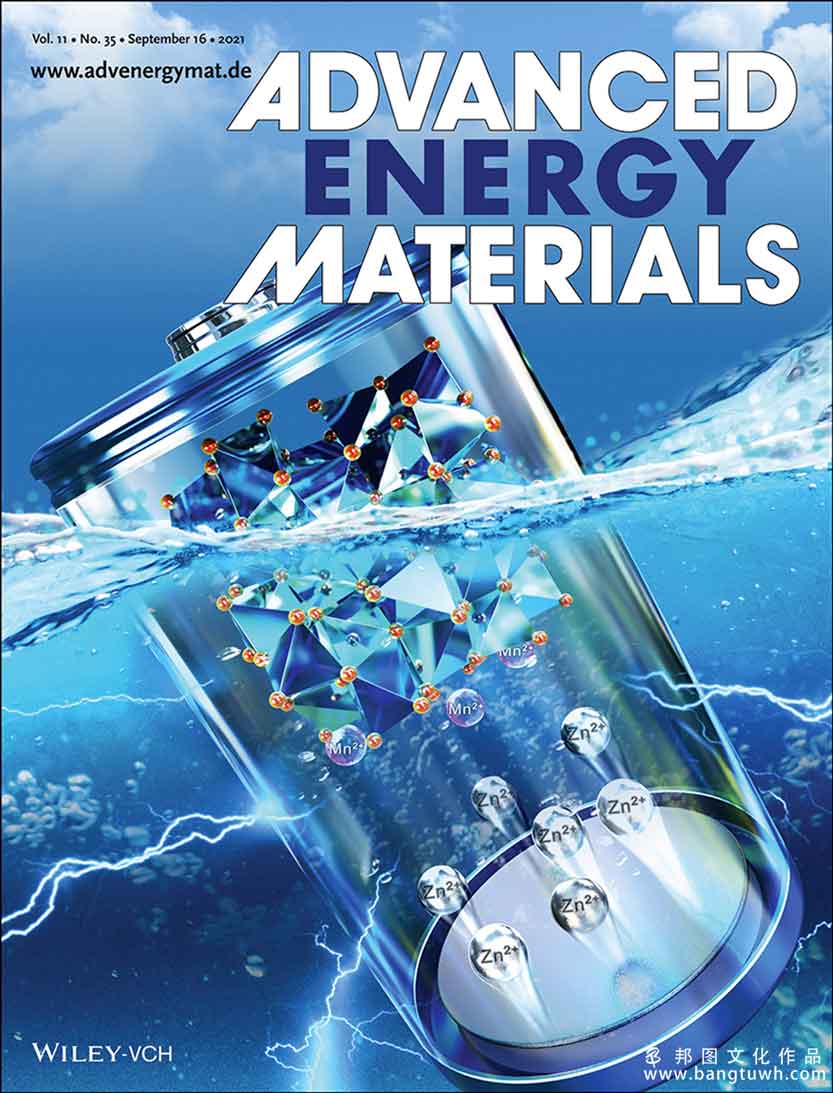
科研绘图sci画图作图学术杂志封面设计toc示意图文章配图医学动画





in the family of zn/manganese oxide batteries with mild aqueous electrolytes, cubic α-mn2o3 with bixbyite structure is rarely considered, because of the lack of the tunnel and/or layered structure that are usually believed to be indispensable for the incorporation of zn ions. in this work, the charge storage mechanism of α-mn2o3 is systematically and comprehensively investigated. it is demonstrated that the electrochemically induced irreversible phase transition from α-mn2o3 to layered-typed l-znxmno2, coupled with the dissolution of mn2 and oh− into the electrolyte, allows for the subsequent reversible de-/intercalation of zn2 . moreover, it is proven that α-mn2o3 is not a host for h . instead, the mno2 formed from l-znxmno2 and the mn2 in the electrolyte upon the initial charge is the host for h . based on this electrode mechanism, combined with fabricating hierarchically structured mesoporous α-mn2o3 microrod array material, an unprecedented rate capability with 103 mah g−1 at 5.0 a g−1 as well as an appealing stability of 2000 cycles (at 2.0 a g−1) with a capacity decay of only ≈0.009% per-cycle are obtained.



微信扫一扫,加设计师好友
17621261539
周一至周五8:30-18:00

提升“研值”

工作人员将在1个小时内联系您。

